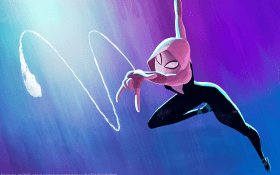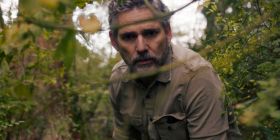Shot at dusk on a street in Alice Springs, the opening scene of Maya Newell’s In My Blood it Runs is intimate and cheeky. We see an Indigenous mother looking straight into the slightly wobbly lens, answering her child’s questions about himself. The love between them – and also her concern for him – are palpable.
The 10-year-old Arrernte and Garrwa boy holding the camera is Dujuan Hoosan. Both he and his mother, Megan Hoosan, are credited as ‘collaborating directors’ of an observational documentary that was made with a clear social purpose. Turning these subjects into active credited participants in the filmmaking process is just one example of the film’s deep collaborative and consultative approach. Other members of Dujuan’s family and community are also named as collaborating directors and advisors in a project that sets a gold standard for non Indigenous creatives working with Indigenous stories, as well as for documentaries wishing to impact policy and create wider social change.





